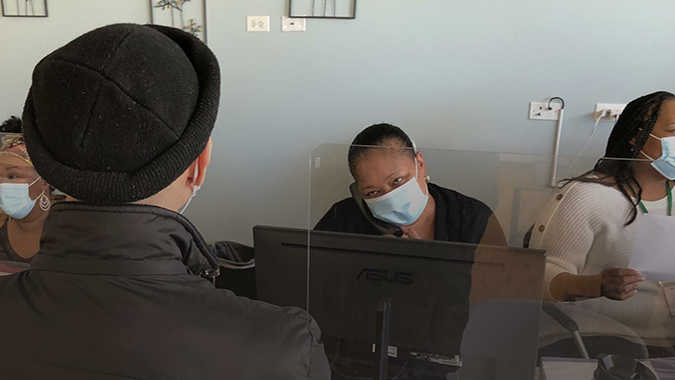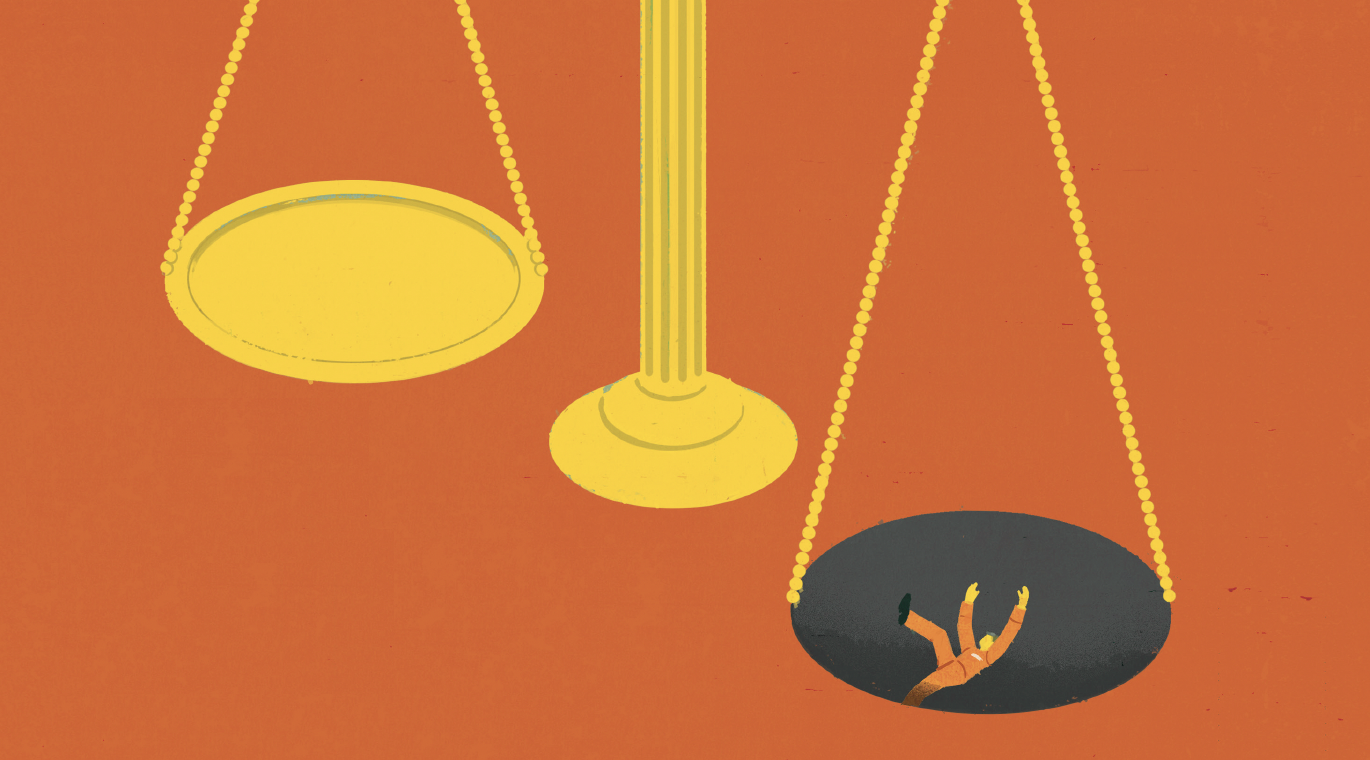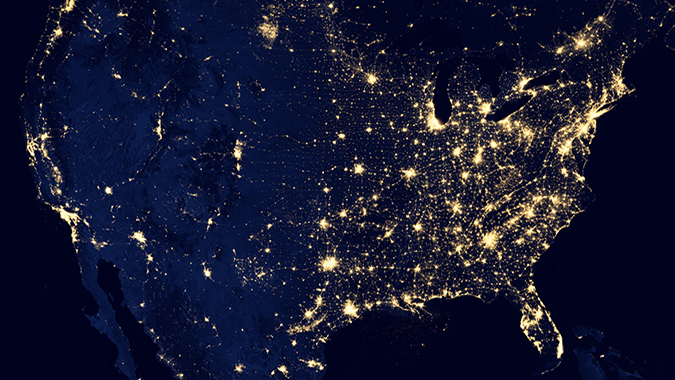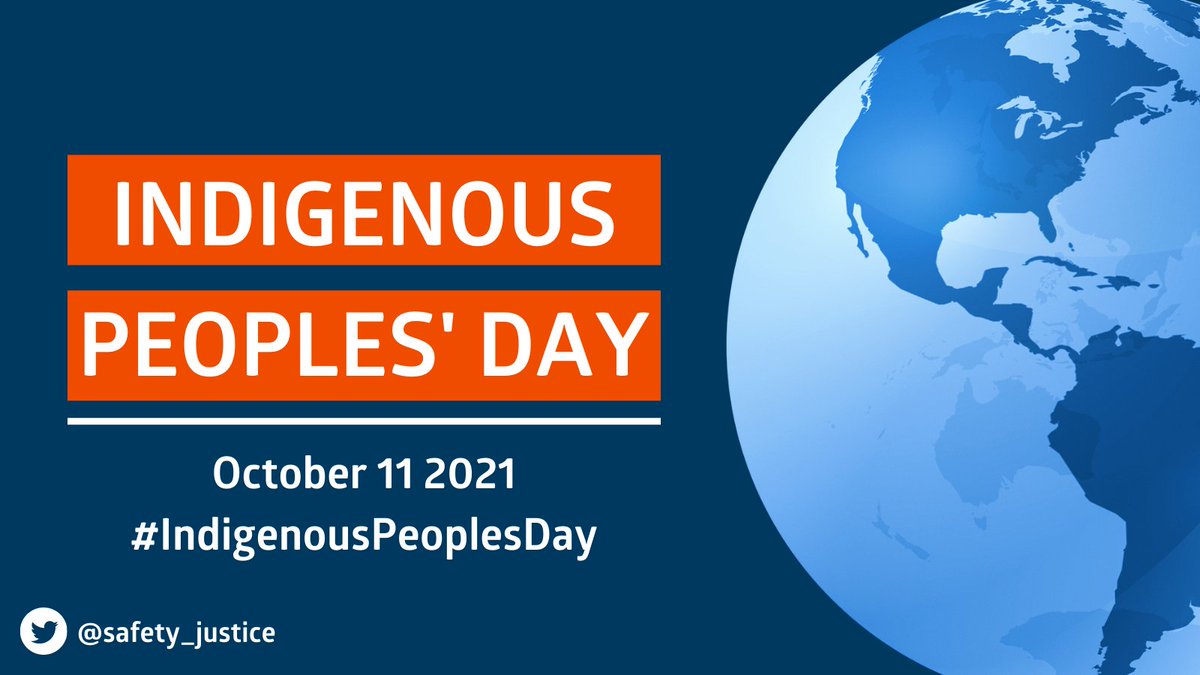Featured Jurisdictions Human Toll of Jail Incarceration Trends November 23, 2021
For decades, the United States has responded to social issues like mental health and substance use crises, chronic homelessness, and ongoing cycles of interpersonal violence with jail incarceration rather than pursuing innovative strategies that are better suited to address the root causes of these issues. Jail incarceration has disrupted the lives of millions of people—disproportionately harming Black, Indigenous, and people of color—without improving public safety. There is a better way.
Communities can instead invest in agencies and organizations that address these issues outside the criminal justice system. The proven solutions highlighted in a new report released by the Vera Institute of Justice with support from the Safety and Justice Challenge look beyond jails to promote safe and thriving communities.
To be responsive to residents’ needs and account for the harm caused by incarceration, jurisdictions across the country must look for public safety solutions outside of the criminal justice system. Effectively ending the current dependence on jail incarceration requires an ecosystem of services and supports that enhance the mental, physical, and socioeconomic well-being of the people who have been most marginalized.
The report looks in depth at what methods are working to reduce jail use. They include responding to behavioral health crises without incarceration, using crisis call centers, mobile crisis response teams, crisis stabilization measures and other services instead of police and jails. Incarceration will not address chronic homelessness, but permanent supportive housing can. And some jurisdictions are interrupting cycles of violence without incarceration by adopting a public health approach that includes investment in community violence intervention programs.
Some example programs in cities and counties participating in the SJC include:
- Started in 2021, the Portland Street Response (PSR) in Multnomah County, Oregon, is a specialized mobile crisis response program designed to reduce police interaction with people who are experiencing homelessness and/or behavioral health issues. When a 911 call involving these issues comes in, PSR dispatches specially trained medics alongside peer support specialists who have direct experience with similar challenges. In addition to providing care for non–life-threatening medical issues and connecting people to services, the team may provide transportation to shelters, clinics, or another destination the person being helped selects.
- In Cook County, Illinois, the Westside Community Triage and Wellness Center provides urgent behavioral health care and serves as a hub to connect the neighborhood’s largely Black and Latinx residents to ongoing behavioral health services. In Pima County, Arizona, the Crisis Response Center offers 24/7 access to care resources for people who are experiencing behavioral health crises to avoid jail or emergency room settings.
- In Baltimore, Maryland, the Baltimore Community Mediation Center provides mediation services for people experiencing any stage of conflict, including mediation within jails and prisons for people approaching reentry. To ensure mediation services are accessible, the center partners with other public services and community-based organizations. In 2018, with help from around 60 volunteers, the center held close to 600 mediation sessions at more than 130 different locations around the city.
- In multiple cities around the United States, Cure Violence has reduced shootings by adopting a public health approach called Community Violence Intervention (CVI). It conducts public education campaigns to change attitudes about violence, seeking to build relationships with people who are most likely to engage in violent behavior. It relies on “credible messengers,” people who have lived experience with violence in neighborhoods, to perform outreach and intervention.
The report also focuses on grassroots strategies to elevate community expertise, and on effective collaboration with community-based organizations.
- For example, JustLeadershipUSA in New York City—a strategic ally of the Safety and Justice Challenge—is a power-building movement led by organizers directly impacted by the criminal justice system. In 2020, the organization created the #buildCommunities Platform 2.0, a large-scale vision-building exercise conducted in association with the #CLOSErikers campaign. Over three months, the collaborative convened assemblies in eight different neighborhoods in New York City that had been heavily impacted by incarceration and divestment. Conveners facilitated sessions for groups of residents to present, discuss, and workshop ideas together to identify where investment is needed to improve safety and well-being. The vision contributed to a multi-campaign effort that generated a $391 million city commitment to non–criminal justice system programming and resources.
- In 2019, the Los Angeles County Board of Supervisors established a public-private Work Group on Alternatives to Incarceration. The group convened dozens of representatives from nonprofit organizations, service providers, and state and local governments to explore better responses to the “human conditions” of homelessness, poverty, and behavioral health issues. Their work involved creating a roadmap for solutions that provide care and services first and make jail a last resort, a process that engaged government and community residents to think broadly and boldly about strategies for public safety. The group produced more than 100 recommendations to minimize the use of police and jails.
Vera’s report also highlights why criminal justice system responses to these social issues are not enough. Many current approaches to reducing the use of jails fail to address many of the underlying drivers of jail incarceration that would be better addressed through other agencies, organizations, and community-led efforts—unstable housing, poverty, limited educational opportunities, poor health, and inadequate access to services. Moreover, most current local justice reform approaches also fail to account for the racialized harm caused by decades of investments prioritizing criminal justice system agencies over community-based services and often ignore problematic system practices. These shortcomings limit both the efficacy and the reach of many reform efforts.
Ultimately, a network of community-based services and supports could go a long way to address criminalized behaviors in ways safer and more effective than jails.











